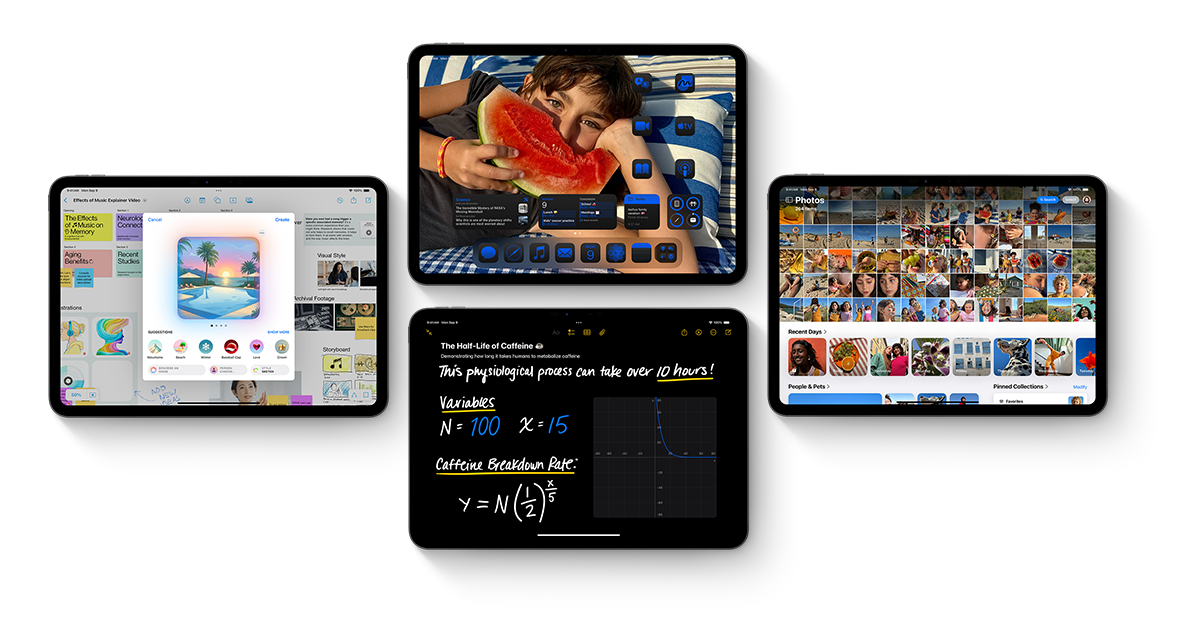There’s a small hiccup if Apple decides to change app icons from squircles (rounded squares) to circles in iOS 19. Squircles work well because they fit nicely with different app designs—like Safari’s big circle or Notes’ full-space look.
But circles? They might not be as practical. For apps with square designs, like Reddit or Slack, shrinking them into a circle could make them harder to see quickly. This isn’t a huge deal, but it could feel less efficient.
Plus, many apps use the squircle shape to mimic real objects (think Contacts or Apple Sports). Circles might mess that up. Sure, developers could tweak their icons, but after recent updates for dark mode in iOS 18, asking them to redo everything again seems like a stretch. Squircles just seem to balance style and function better—do you agree?
One of the best surprises in iOS 18.4 is a smart notification feature powered by Apple Intelligence. Called Priority Notifications, it makes your lock screen way more helpful. It figures out which alerts matter most and puts them right at the top.
You can still swipe to see everything else, but this saves time. Best part? You can turn it on or off for specific apps, so you’re in control. With too many notifications buzzing daily, this simple tool helps you focus on what’s important. It’s a small change, but it feels like a big win. Are you excited to try it?






